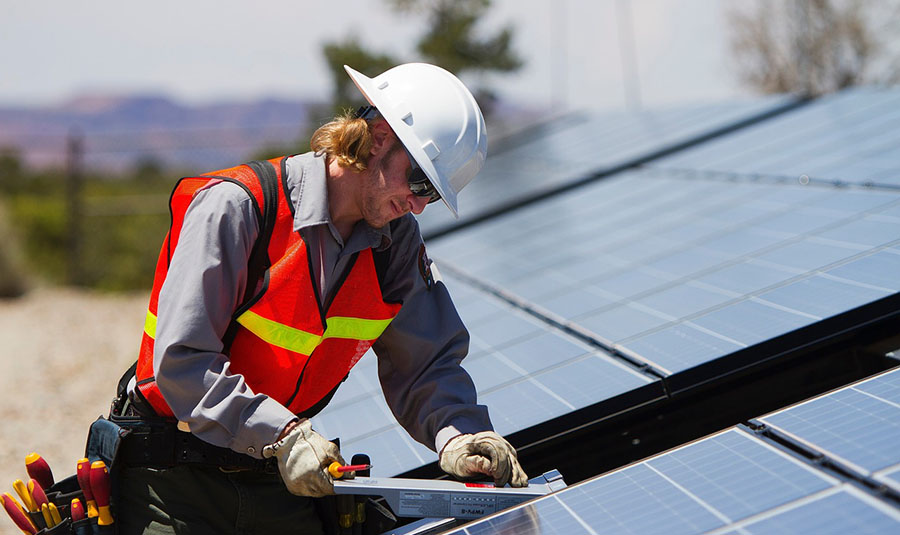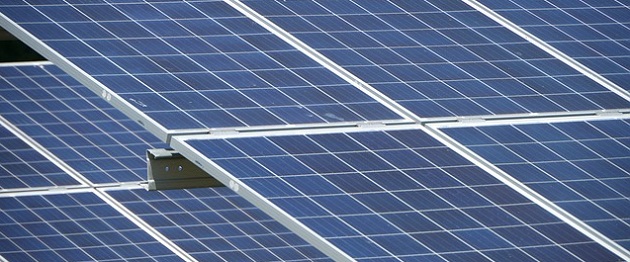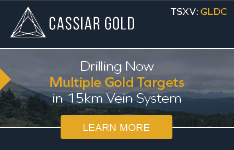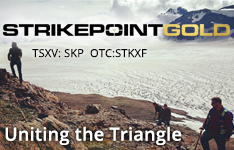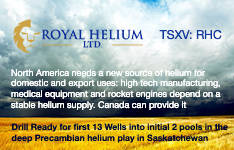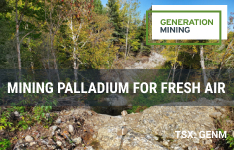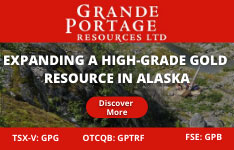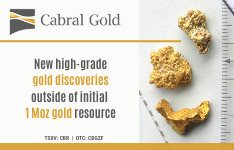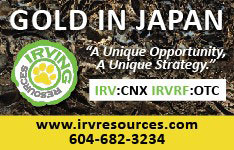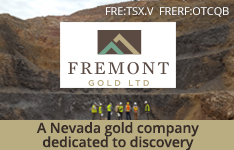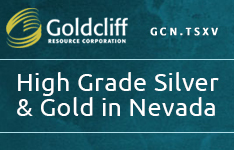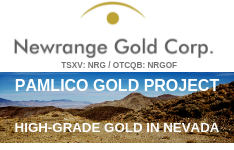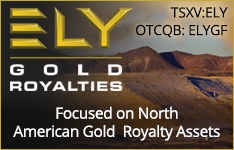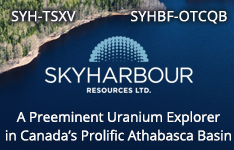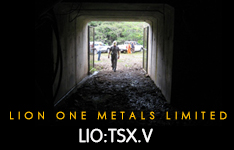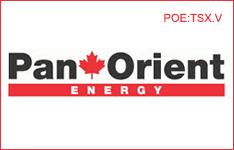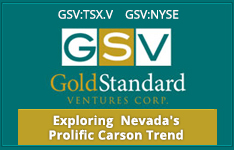Geothermal Industry Faces Challenges
Source: Business Weekly, John Seelmeyer††(6/13/11)
"But long-term debt isn't a problem, these plants are little banks."
Business Weekly, John Seelmeyer
The Nevada Bureau of Mines and Geology estimates that geothermal production revenues could total $1B a year in Nevada in the next couple of decades, and geothermal resources could meet 35% or more of the state's electricity needs.
But developers no longer can drill holes at locations like Steamboat, near Reno.
"Those were the low-hanging fruit," says Paul Thomsen, director of policy and business development for Reno's Ormat Technologies Inc.
Now the search for geothermal resources extends farther into Nevada's notoriously complex geology, anywhere from 2,000 to 8,000 feet below the surface.
Like wildcatters in the oil business, geologists in the geothermal industry combine their experience with technology such as aerial magnetic imaging to identify promising sites.
"The single biggest risk for us is finding the resource," says Thomsen. "You've got to have geologists who have been doing it a long time. You can't rush it,"
Adding to the stress: Geothermal companies seldom find lenders willing to share exploration risk.
Investors in geothermal exploration need to have a stomach for high-risk, high-reward deals.
"Equity needs a wildcatter mentality," Moore says.
"You want to build a plant for the resource," says Thomsen. Gawell says work by the Great Basin Center for Geothermal Energy at the University of Nevada, Reno, is helping to mitigate the resource-exploration risks faced by the geothermal industry.
"They have done some good things with a limited amount of money," he says. "We're learning a lot more about the geology."
"Many lenders don't engage in renewables because they don't understand them," Gawell says.
Still, Thomsen says financing construction usually isn't a hurdle once a good geothermal resource has been proven and a developer has a deal in place.
"Long-term debt is not a problem in this industry," he says. "These plants are little banks."
The Nevada Bureau of Mines and Geology estimates that geothermal production revenues could total $1B a year in Nevada in the next couple of decades, and geothermal resources could meet 35% or more of the state's electricity needs.
But developers no longer can drill holes at locations like Steamboat, near Reno.
"Those were the low-hanging fruit," says Paul Thomsen, director of policy and business development for Reno's Ormat Technologies Inc.
Now the search for geothermal resources extends farther into Nevada's notoriously complex geology, anywhere from 2,000 to 8,000 feet below the surface.
Like wildcatters in the oil business, geologists in the geothermal industry combine their experience with technology such as aerial magnetic imaging to identify promising sites.
"The single biggest risk for us is finding the resource," says Thomsen. "You've got to have geologists who have been doing it a long time. You can't rush it,"
Adding to the stress: Geothermal companies seldom find lenders willing to share exploration risk.
Investors in geothermal exploration need to have a stomach for high-risk, high-reward deals.
"Equity needs a wildcatter mentality," Moore says.
"You want to build a plant for the resource," says Thomsen. Gawell says work by the Great Basin Center for Geothermal Energy at the University of Nevada, Reno, is helping to mitigate the resource-exploration risks faced by the geothermal industry.
"They have done some good things with a limited amount of money," he says. "We're learning a lot more about the geology."
"Many lenders don't engage in renewables because they don't understand them," Gawell says.
Still, Thomsen says financing construction usually isn't a hurdle once a good geothermal resource has been proven and a developer has a deal in place.
"Long-term debt is not a problem in this industry," he says. "These plants are little banks."




